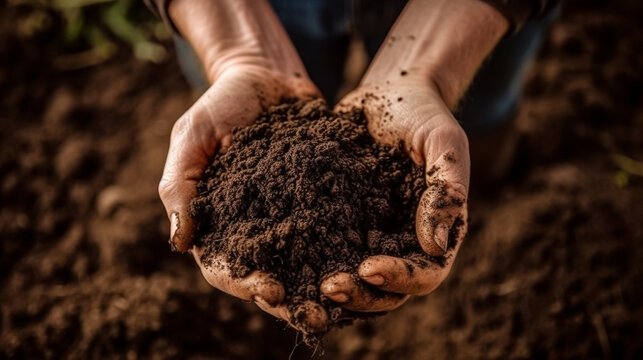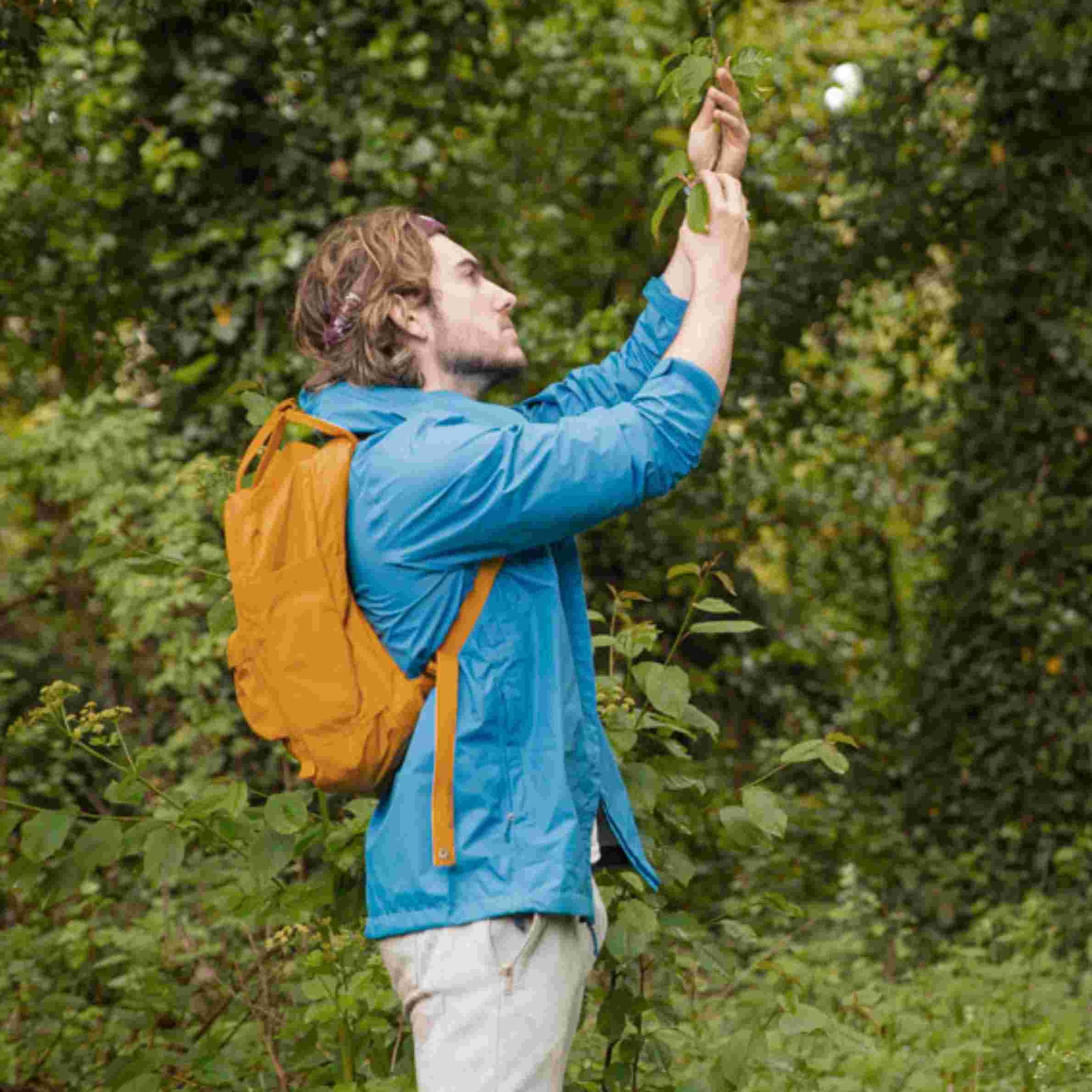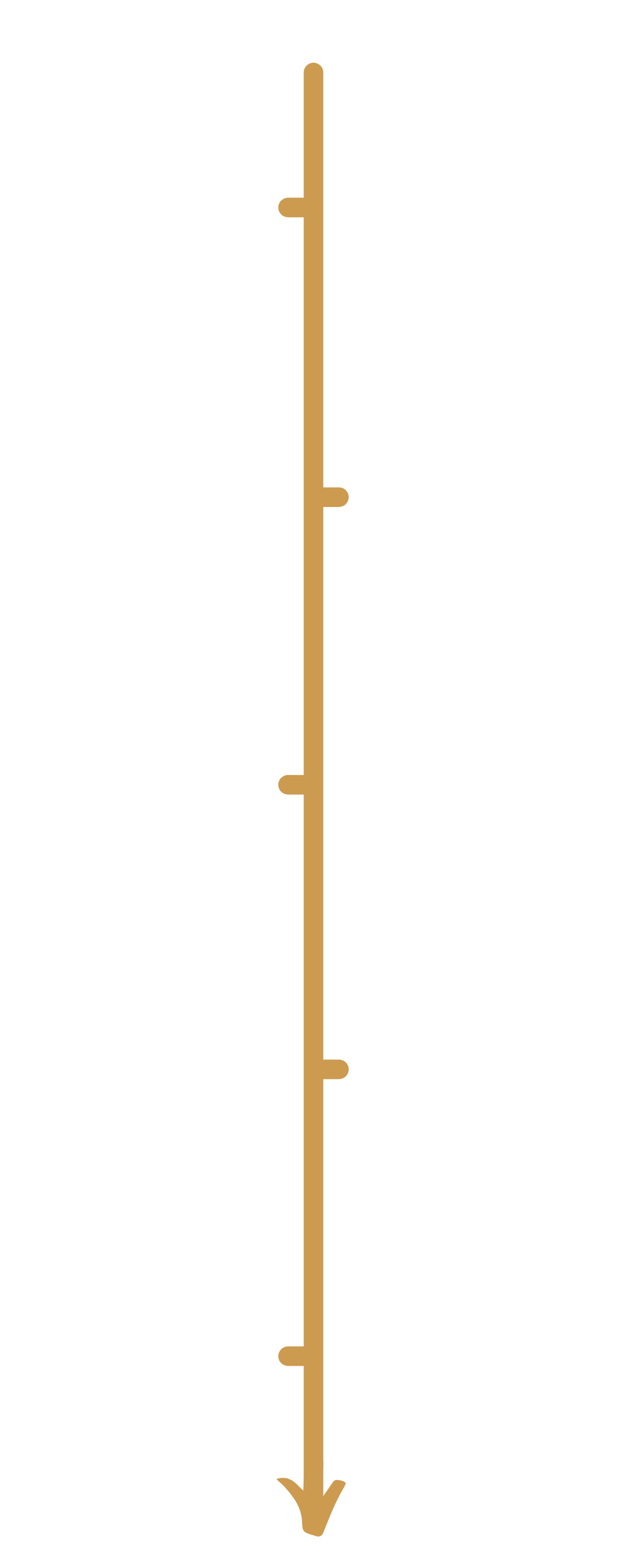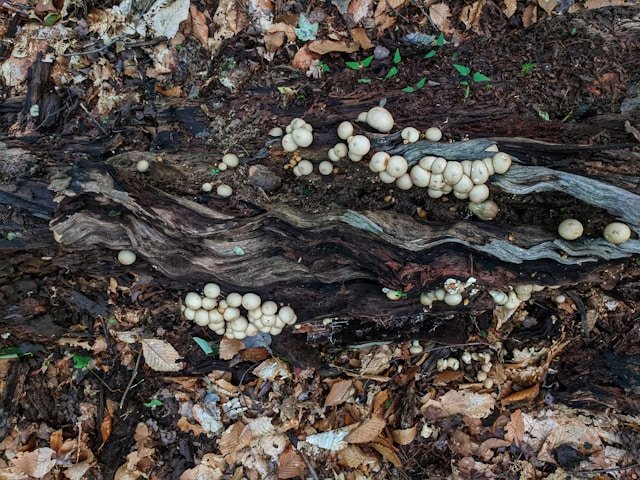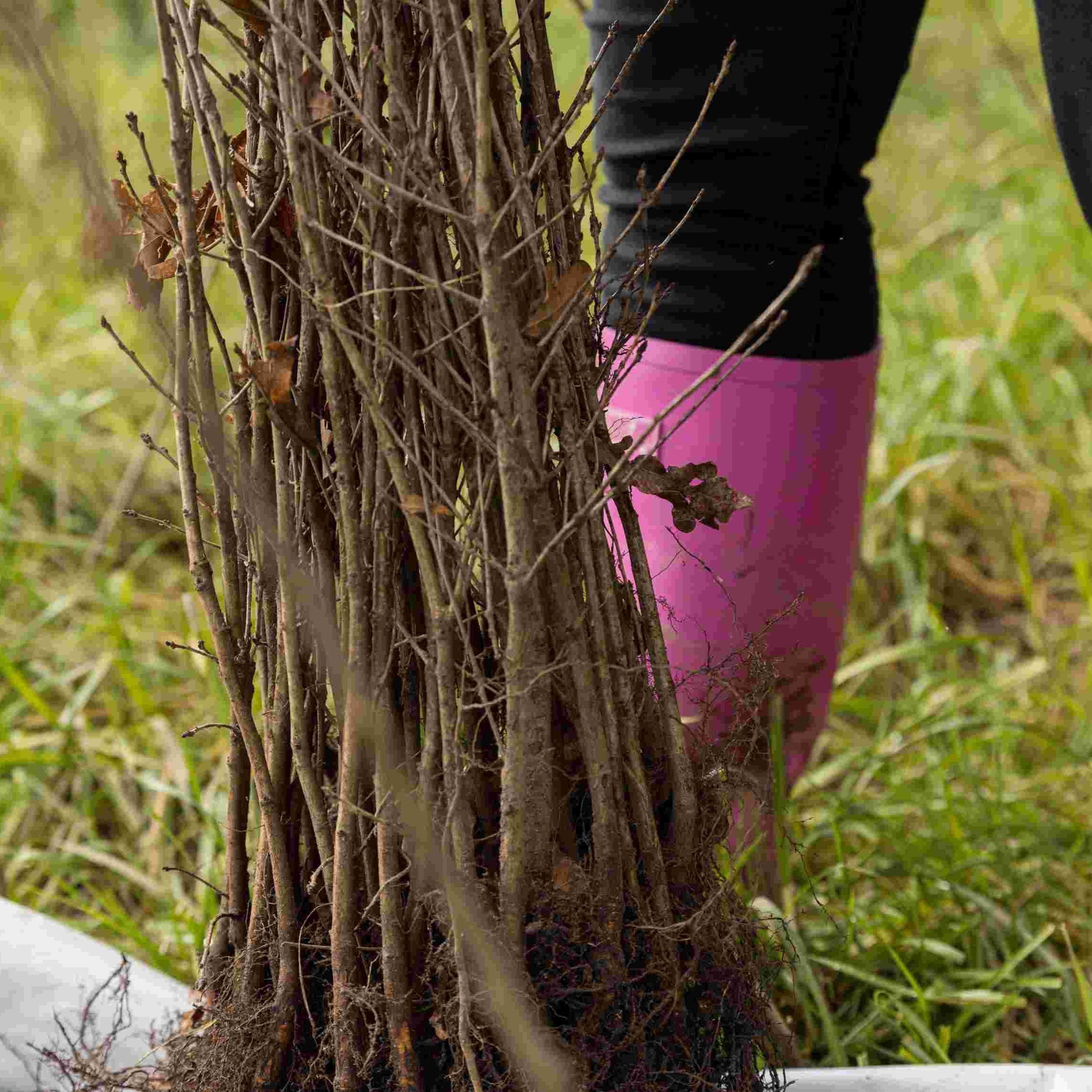
Inspired by mother natureHow we plant
Reforest Nation’s ecologically optimised method is changing how forests take root in Ireland — for good
Nature doesn’t plant in straight lines Plantation Forest
Ireland looks green on the surface — but look closer, and the picture changes. Most of what we call “forest” is made up of non-native conifer plantations, mostly Sitka spruce. Planted in dense, uniform rows, these trees grow fast for timber but leave little room for life.
They drain the soil, disrupt water tables, and replace ancient habitats with shadow and silence. Birds like the curlew and hen harrier — once woven into the landscape — are now disappearing, their ecosystems replaced by monoculture.
And while forests are often seen as carbon sinks, Irish forestry has sometimes done the opposite. Clear-felling and peatland drainage can release more carbon than the trees absorb, turning carbon storage into carbon loss.
This isn’t reforestation. It’s industrial land use with a green face.
Of Ireland’s 12% forest cover, just 1.6% is native woodland. There are now more Canadian trees in Ireland than Irish ones.
But a new kind of forestry is taking root — one that restores what was lost, plants for biodiversity, and grows with nature, not against it.
PlantationNative forestFast growth, deep roots, wild diversityWe follow mother nature’s blueprint
When a forest regenerates on its own, it doesn’t start from scratch. Seeds wait quietly in the soil, sometimes for decades, until the moment is right — a fallen oak, a burst of sunlight, a patch of open ground. Then nature kicks into gear. Dozens of trees rise at once, competing for light, stretching fast, and forming dense, layered ecosystems.
That’s the model we follow.
We plant native trees close together, just like nature does. It sparks fast, healthy growth as trees race upward — but they also cooperate underground. Trees share nutrients, support the sick, and grow as a single living system. It’s not just planting — it’s rewilding the way nature intended.
Our forests include up to 27 native species, more than any other initiative in Ireland. This mix makes them stronger, more biodiverse, and more resilient to future change. And because we follow nature’s lead, we see:
Up to 10x faster growth
Up to 10x more carbon absorbed
Up to 100x more biodiversity
This is ecological restoration, not timber farming. It’s reforestation with the future in mind — rooted in science, guided by instinct, and built to last.
Gearóid in one of our thriving young forests — planted in March 2022, photographed just two years later in September 2024. Proof that when you follow nature’s lead, growth happens fast.
Steps to successSoil survey
First, we check out the soil to understand what it’s made of and what it needs. This helps us figure out if the area is ready for new trees or if we need to help it along.
Species survey
Next, we take a look at what’s already growing nearby. By knowing which trees and plants are thriving, we can choose the best ones to add, making sure our forest fits right in with the local ecosystem.
Soil engineering
At some sites, the soil might need a bit of help. Here, we mix in organic matter to give it a nutrient boost and loosen it up so new roots can spread easily. We also lay down mulch to keep grass and weeds at bay.
Planting
With our fantastic volunteers, we plant a variety of native trees close together. This step is all about precision—making sure each tree starts life in the best possible spot.
Letting nature takeover
After planting, it’s over to nature. We step back and let the trees do their thing, growing into a wild and wonderful forest.
The results
Join thousands of others who have joined Ireland’s largest rewilding movement






